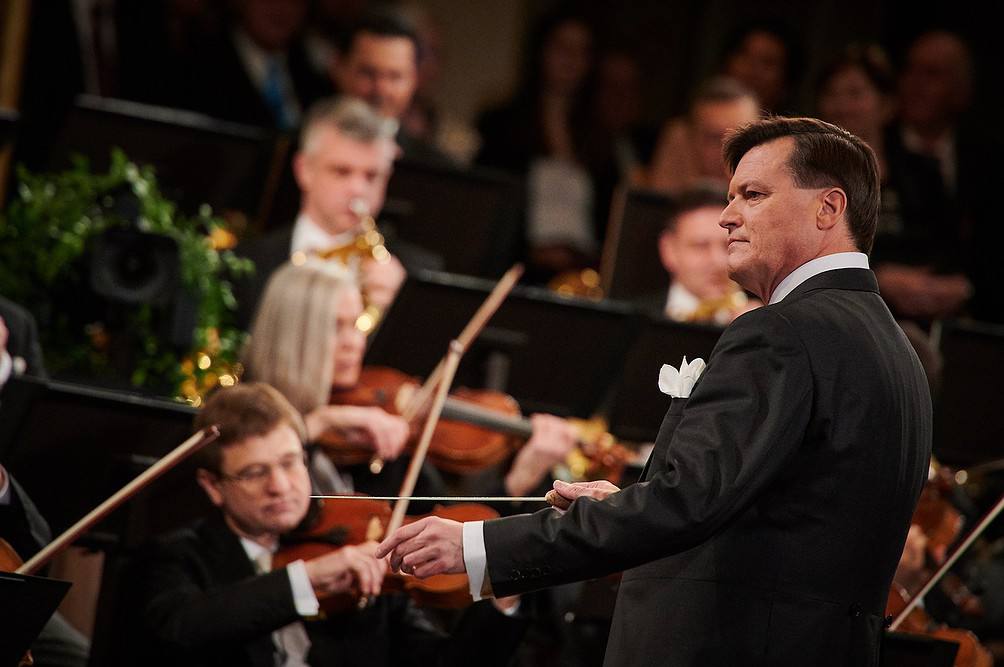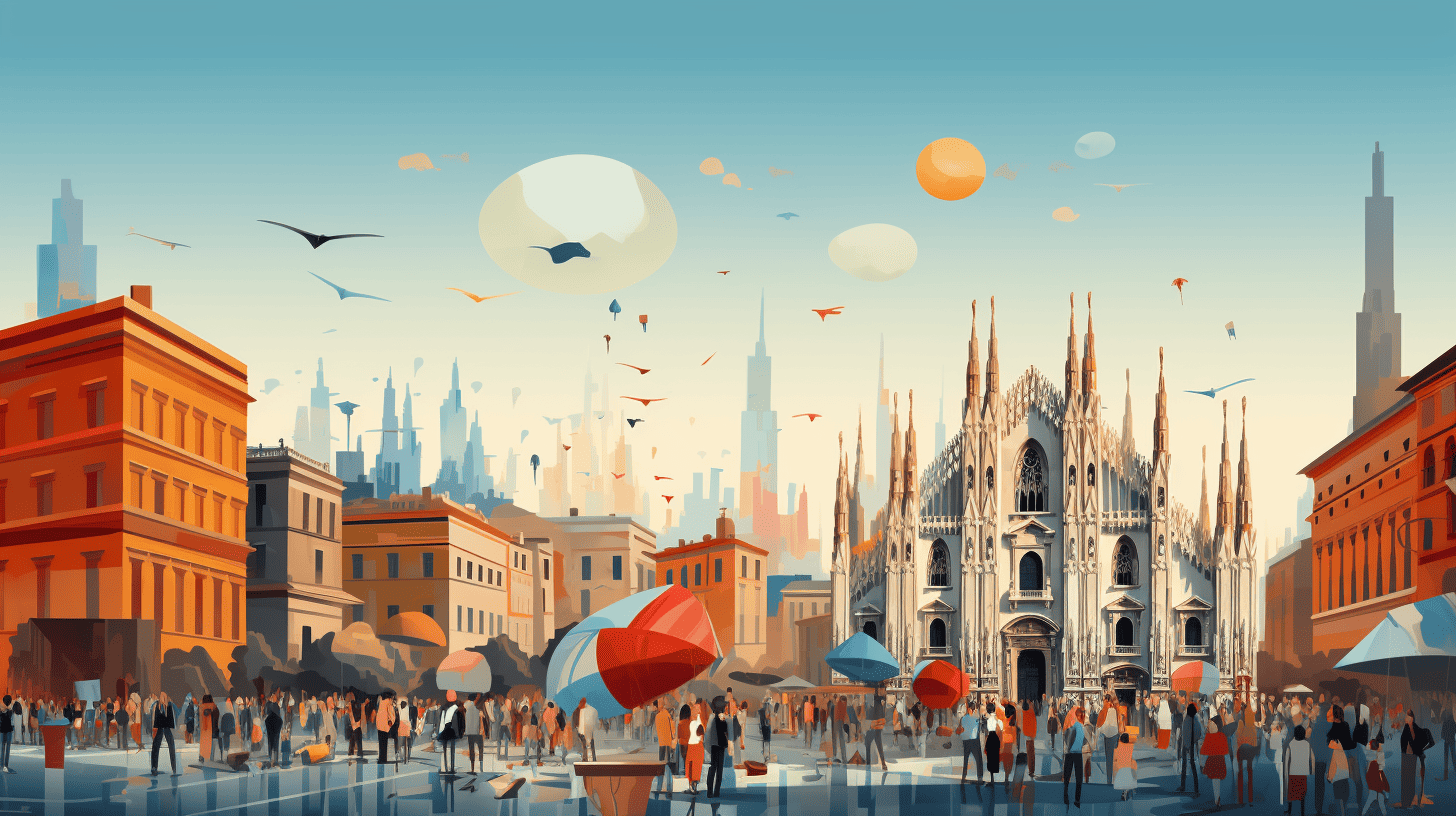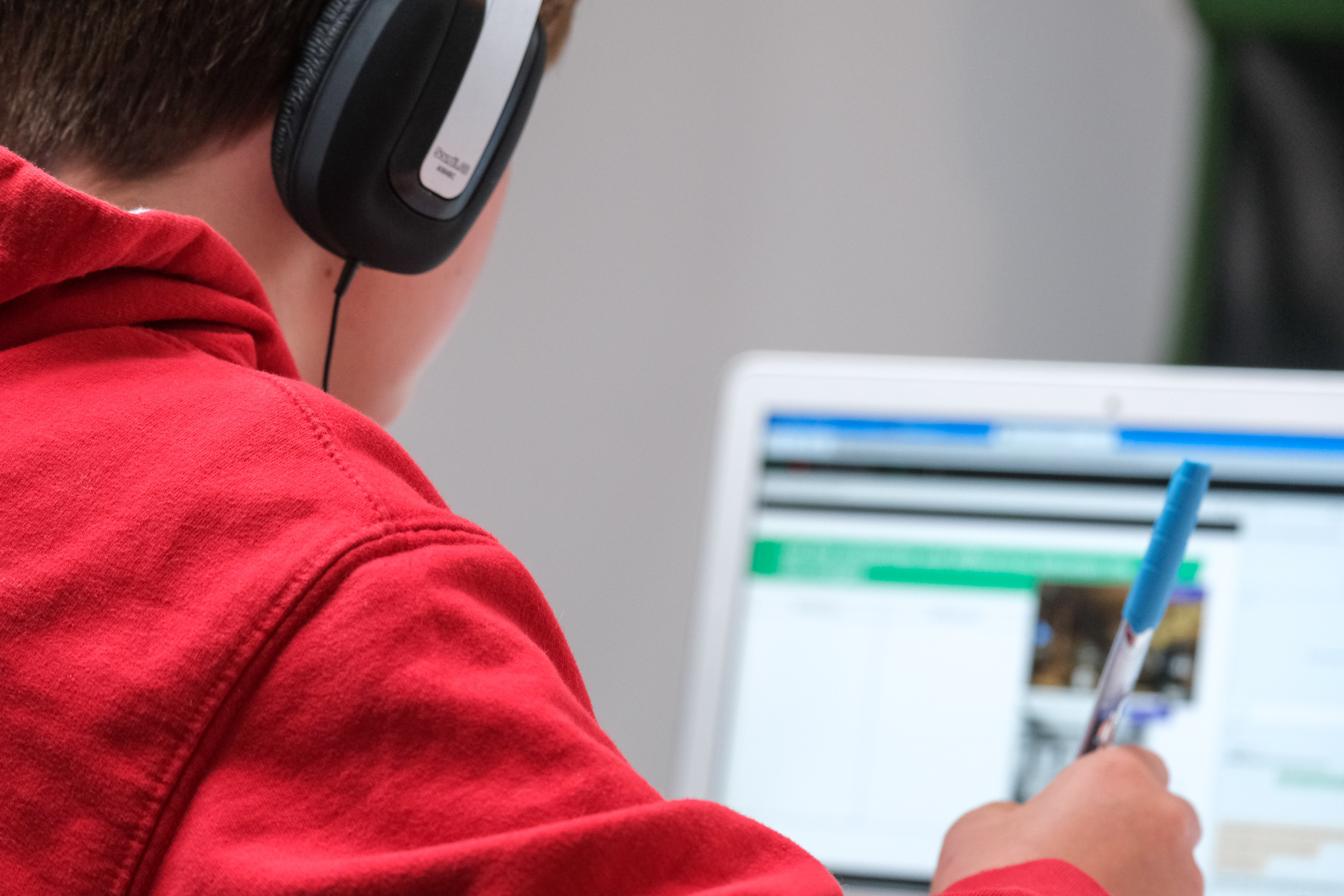
It’s that day of the year again: January 1st means ski jumping at Garmisch Partenkirchen, polar bear plunges, and concerts everywhere. One of Europe’s most famous New Year’s Day traditions is the Vienna Philharmonic New Year’s Concert in Austria. Held in the Musikverein in Vienna, this concert features music mainly from the Strauss family and other Austrian composers. It is broadcast worldwide and is known for its uplifting and light-hearted music. It’s a more than 80-year-old tradition, with as many interpretations of the performed compositions as there are concert editions.
- A Vienna-based team has developed digital tools to analyze and compare music interpretations at the Vienna Philharmonic’s New Year’s Concert.
- Two programs, “mei-friend” and “Listen Here!”, enable machine-readable scores and systematic comparison of musical interpretations.
- Analysis shows the Vienna Philharmonic’s evolving interpretation of Strauss family waltzes, transitioning from traditional dance to a more symphonic form.
Until recently, it was simply impossible to compare all those interpretations credibly. Thanks to AI, this has changed. A Vienna-based team of researchers from computer science and musicology has developed digital methods to make all the interpretations accessible to users and to enable quick and easy comparisons, science magazine Scilog explains.
New ground
Music computer scientist David M. Weigl and musicologist Chanda VanderHart from the University of Music and Performing Arts Vienna (mdw) are working with a team to develop tools that will make comparing a large corpus of music easier. They are also building a database of New Year’s Concert recordings, which will serve as the first major application area for the development, Scilog writes.
The sophisticated MEI format software transforms scores into an interactive experience. Users can now easily dissect, annotate, and juxtapose countless renditions. This innovation unveils nuanced conductor approaches and the evolving nature of these iconic waltzes, once dance music, now concert hall staples.
Digitizing a musical heritage
In the heart of Vienna, the resonance of the Strauss family’s compositions reverberates through time, amplified by the storied performances of the Vienna Philharmonic’s New Year’s Concert. This annual event, steeped in tradition, has been the custodian of a distinctive Viennese interpretation style for over eighty years. These interpretations have become a cultural cornerstone, shaped and refined by a succession of conductors. A dedicated team of computer scientists and musicologists is harnessing digital technology to capture and analyze this wealth of musical expression.

The challenge, as articulated by VanderHart, lies in the sheer volume and subtlety of the interpretations. Even for the most astute musical minds, retaining the intricate details of numerous performances is daunting. Memory fades and nuances are lost in the search for specific passages within recordings. The new digital tools, however, promise to change the landscape of musical analysis, enabling detailed comparison and research that was previously impossible.
A technological leap for musicology
The MEI format, a cornerstone of this innovative venture, has made scores machine-readable. This digital transformation allows for in-depth interaction with the music. Users can navigate to passages of interest, mark them, add annotations, and share their insights with others. According to the team, the MEI format enables the data to communicate with other programs, expanding the scope of analysis and collaboration.
‘Listen Here!’, a tool that offers a comparative listening experience, complements the system. Users can listen to sequences of notes or motifs from many interpretations rapidly. This feature aids in identifying differences in conductor approaches and screens large music collections for particular elements or patterns.
Opening the gates to a musical archive
Despite the Vienna Philharmonic’s reluctance to make its sheet music archive available for scholarly research, the team has found a workaround. The researchers have built a corresponding database using recordings from the open market by encoding scores of ten pieces from the New Year’s Concert as machine-readable MEI files. This database serves as a rich resource, bypassing the need for the Philharmonic’s archive and offering an alternative avenue for exploration and study.
The history of the New Year’s Concerts is a tale of evolution, marked initially by the tenures of long-standing conductors like Clemens Krauss and Willi Boskovsky. Over time, other maestros, including Lorin Maazel, Herbert von Karajan, Claudio Abbado, and Carlos Kleiber, have left their mark on the concert series, each bringing their unique interpretation to the music.
Changing times, changing styles
Researchers have uncovered intriguing insights through the lens of these new technical tools. One such revelation pertains to the male-dominated field of conductors and the distinct ways they have approached the music. The analysis highlights differences in interpretation that are not merely a matter of personal style but also reflect broader trends and shifts in musical perception over time. For example, the waltzes were originally dance music; now, they are more symphonic, with striking contrasts.
This digital endeavor not only preserves the rich musical heritage of the Vienna Philharmonic’s New Year’s Concert but also opens up new avenues for understanding and appreciating the nuances of musical interpretation. As these innovative tools become more widely adopted, they promise to revolutionize the field of musicology, offering scholars and enthusiasts a deeper connection to the music that has moved audiences for generations.









